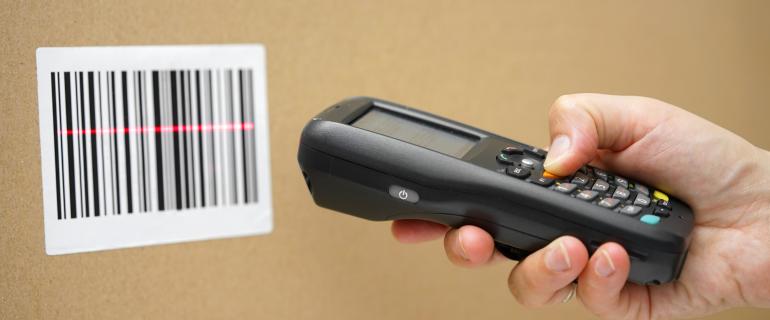How Industrial Labeling Systems Have Evolved Since the 19th Century
At the turn of the 20th century, industrial labeling operations really began to hit their stride. Mechanized printing processes like offset printing first began to be used on paper, helping industrial packaging and product manufacturing operations reduce costs by switching from direct printing to labels.
By the 1970s, electronic and even some digitally based processes began to take root, giving operators more control over industrial labeling systems while reducing costs and complexity.
Learn more about the journey labels took from labor-intensive processes to digital, automated ones that offer high returns on investment by considering the biggest label printing advancements in over a century below.
Halftone, Offset Printing, and Coated Paper Migrate into 20th Century Operations
By the end of the 19th century, the industrial revolution and scientific research had already created some of the most important components of label printing on a mass scale.
Offset printing was the first print process that could be mechanized through use of a steam engine. Mass CPG (Consumer Packaged Good) manufacturers first used the technology on metallic surfaces since paper and wood was too porous to be subjected to the wet lithographic plates. However, an accident by the American printer Ira W. Rubel led to the discovery that rubber presses could be used to transfer the ink onto paper and porous surfaces quickly and cheaply. This technology was combined with screen-based halftone printing to enable cheap label printing on a mass scale. Advances in coated paper technology similarly helped product labels travel easier and last longer without fading or damage.
Self-Adhesive Papers and Other Technologies Lead to a Labeling Revolution in the 1970s
The 1970s were a critical period of evolution for industrial product labeling. The first self-adhesive paper “stickers” were invented in 1935 by R. Stanton Avery, who went on to found Avery Labels. However, it wasn’t until the 1970s that self-adhesive labels became practical to print and apply to products on a mass scale.
Barcodes were another significant advancement that arose in the 1970s, and they allowed for quick, computer-based coding and scanning to manage supply chain flows and gather data on product use at all steps in the supply chain.
Digital Printing in the 1980s Brings Labels Into the Modern Era
The 1980s represented another huge shift in industrial labeling technology. The Japanese company Sato invented the first commercial available thermal transfer overprinter (TTO) product in 1981. Piezo inkjet printer technology also became commercially viable after heavy experimentation and development in the late 1970s.
However, rotary letterpress printing was still popular at this time, and it wasn’t until the 1990s that flexographic printing and true digital print processes became mainstream.
Now, new versions of inkjet printing, TTO printing, digital printing, thermal inkjet printing and flexography have made industrial labeling solutions more powerful yet cost effective than ever.
Make sure you are tapping into the advantages that the latest technology provides by taking a look at the advanced industrial labeling systems Raab sales can offer your operations.


Comments
Add your comments